|
DAVINCI - MONA LISA - PAGE 8
|
The Lion and the Unicorn |
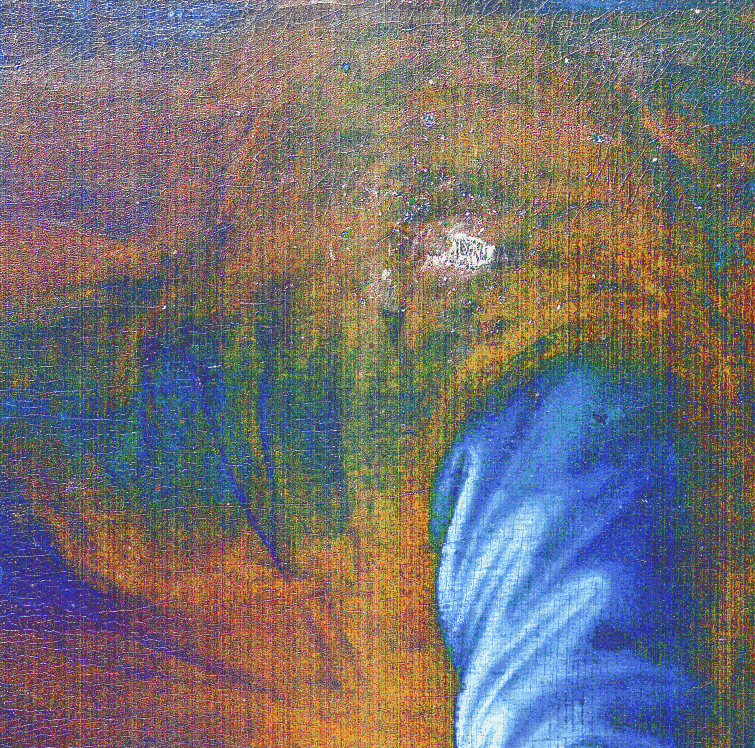
Coat of arms |
- The Lion and the Unicorn are the heraldic supporters in
the royal coat of arms of the United Kingdom.
-
They are both the personal arms of the current monarch, and the arms of the state,
and appear standing on either side of the heraldic shield.
- State institutions in the UK, such as Parliament, also used
this version, and the royal family uses various renditions of
the arms.
- There are two versions of the arms, one for the United
Kingdom, and the other for Scotland.
The man shapes iron into a cutting tool and does his work over the coals, fashioning it with hammers and working it with his strong arm. He also gets hungry and his strength fails; he drinks no water and becomes weary.
(Isaiah 44:12)
|
- The current royal arms originated in the Kingdom's of
England and Scotland and both were adopted in the 12th
century.
- The Lion stands for England, and the Unicorn
is Scotland.
- The arms were combined in 1603 when James
VI of Scotland became James I of England.
She girds herself with strength
And makes her arms strong. (Proverbs 31:17)
|
|
Royal Houses |
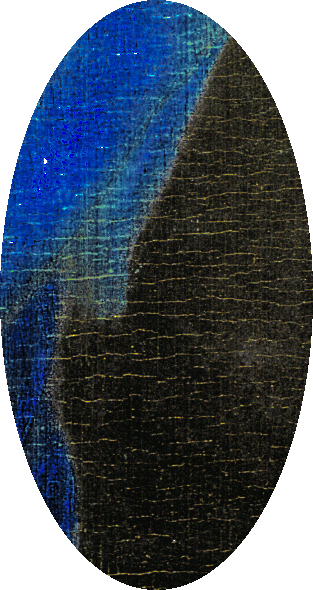
Lancaster and York |
- The Lion and the Unicorn was penned in 1603
when England and Scotland joined hands.
- It is a political
allegory representing the English royal houses of Lancaster
and York.

Unicorn with Lion |
- The conflict between the two animals symbolizes
the Wars of the Roses, a series of civil wars fought in
England from 1455 to 1485, a period of great political and
social upheaval.
- The lion is male and
the unicorn is female.
- Novalist Lewis Carroll depicted
both animals in a scene in Through the Looking-Glass in which Alice, in the company of the White King, encounters the fabled Beasts.
The lion and the unicorn
Were fighting for the crown.
The lion beat the unicorn
All about the town.
Some gave them white bread,
And some gave them brown;
Some gave them plum-cake,
And drummed them out of town. (Anonymous)
|

Protection from harm |
- The unicorn is a legendary creature, usually
depicted as a white horse with a horn in forehead which is
said to have miraculous powers such as healing, cleansing
evil, and giving life.
- The lion has long been a respected, valued and even deified animal in some cultures,
and it's use as a symbol of power dates back thousands of years.
- The lion’s mane is a royal symbol, often compared with the
rays of the sun.
- Traditionally, both animals are seen as
enemies.
The unicorn was chosen as Scotland’s symbol
because it was seen as a proud and noble creature
which would rather die than be captured, just as Scots
would rather fight to remain sovereign and
unconquered. The lion was chosen as England’s symbol
because it symbolises bravery, valour, strength, and
royalty, and is regarded as the king of beasts. (historynaked.com)
|
|
The British Empire |

Socialist revolution |
- Notable English author, George Orwell, wrote an
essay titled The Lion and the Unicorn and the English
Genius in 1941.
- He expressed ideas about how
England's class system needed a socialist revolution to defeat
Nazi Germany.
- He wanted to do away with all British
aristocracy and keep the Royal family only as a national
symbol.
- This work led Orwell to write Nineteen
Eighty-Four and his idea about socialism was not state
run, but humanitarianism driven by the people.
As I write, highly civilized human beings are flying overhead, trying to kill me. (George
Orwell)
|
|
Henry VII of England |

Popcorn |
- The
official beginning of the British Empire occurred when Henry
VII established the Royal Navy in 1485, seven years before
Columbus supposedly discovered America.
- John Cabot, an
explorer, discovered North America for Henry VII in 1497.
-
Henry Tudor (1457-1509) was the son of Edmund Tudor, 1st Earl of Richmond, a half-brother of Henry VI of England, and Margaret
Beaufort, who was a descendant of John of Gaunt, founder of
the House of Lancaster and son of King Edward III.
This royal throne of kings, this scepter'd isle, This earth of majesty, this seat of Mars, This other Eden, demi-Paradise. (Shakespeare)
|

Busy creatures |
- Henry
VII was the first monarch in the House of Tudor after he was
crowned King of England and Lord of Ireland from his seizure of the
throne in 1485 until his death in 1509.
- Henry's principal
focus was to restore royal authority in a realm recovering
from the Wars of the Roses, the beginning of British
Imperialism, something that his son, Henry VIII, worked very
hard on.
- Development of national states.
- His 'army,'
a collection of ragtag dissidents and mercenaries.
- Watch: Henry VII: The Secret Life Of England's Most Sinister Monarch | The Winter King | Timeline.
He attained the throne when his forces, supported by France, Scotland and Wales, defeated Richard III at the Battle of Bosworth Field. He was the last king of England to win his throne on the field of battle, defending it two years later at the Battle of Stoke Field to decisively end the Wars of the Roses (1455-1487). Vindicating the Lancastrian cause, he cemented his claim by marrying the Yorkist heiress, Elizabeth of York, daughter of Edward IV. (Wikipedia)
|
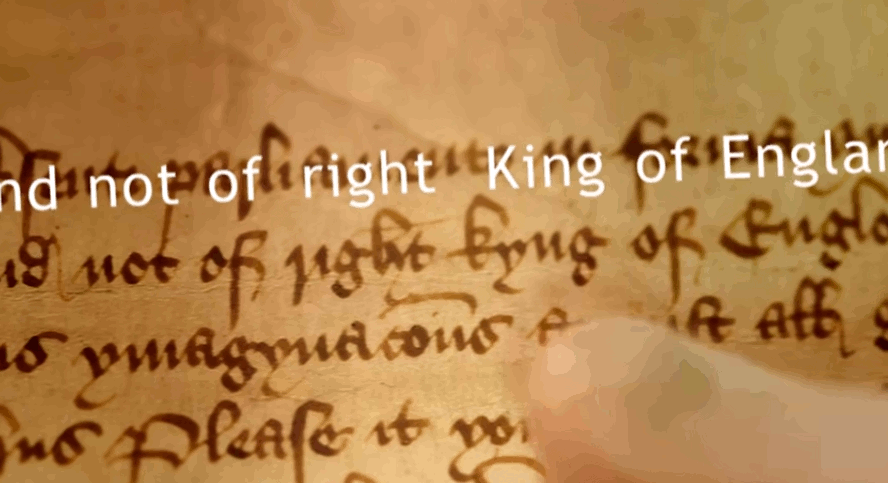
Horns of Henry VII the real illegitimate king |
- Henry VII, was an illegitimate king, he stole
the crown from Richard III.
- He then changed the
official record to backdate his actual date of installation hy
one day and to officially claim that Richard III was a usurper
(instead of himself).
They have no lawyers among them, for they consider them as a sort of people whose profession it is to disguise matters. (Sir Thomas
More, Utopia, 1516)
|
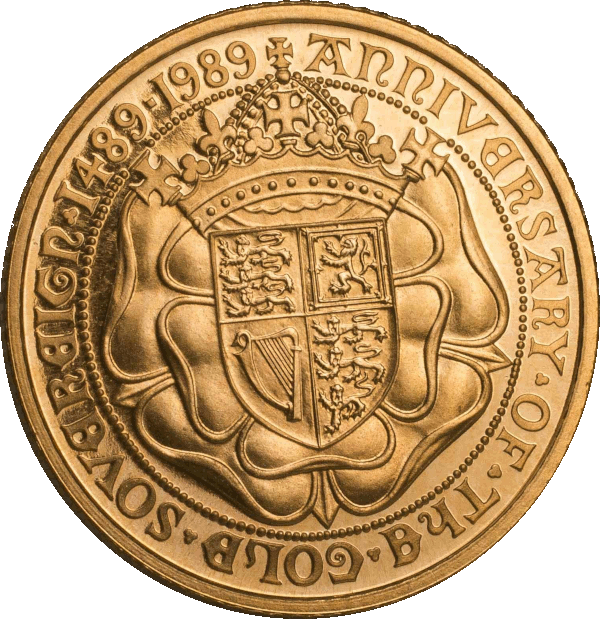
Henry VII Sovereign testoon |
- He was installed on August 22, 1485, and he cooked
the books and changed the date to August 21.
- Which
allowed him to LIE and then file claims against all of
Richard IIIs soldiers for committing treason (because they
were fighting his skaggy behind).
When public judicatories are swayed by avarice or partiality, justice, the grand sinew of society, is lost. (Sir Thomas
More, Utopia, 1516)
|
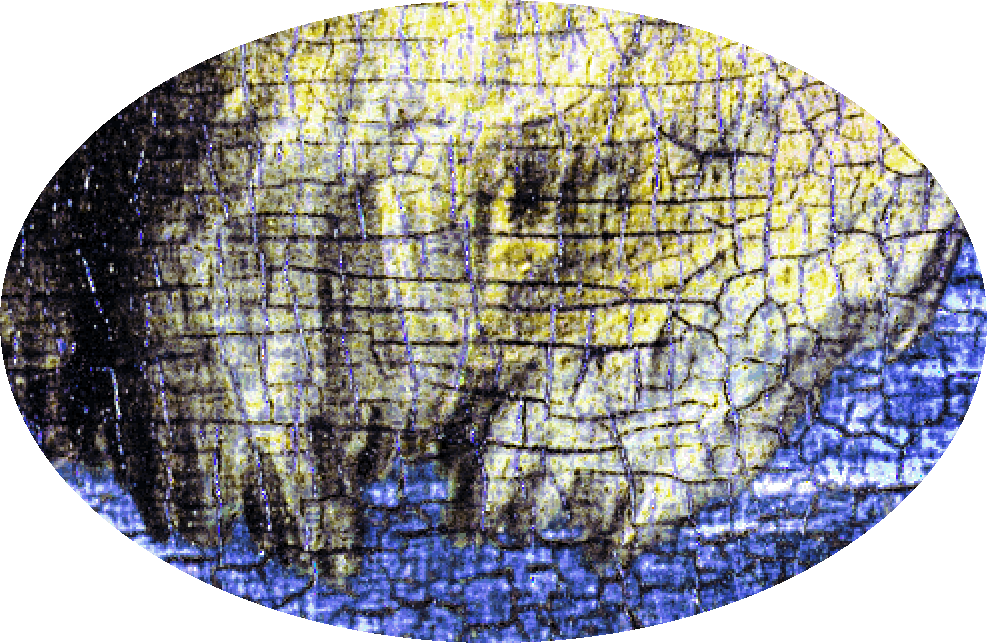
Creepy now creeping up |
- This all occurred when Henry's first Parliament came
to session in November 1485, and they lied in the official
record about Richard being "not of right King of England" and
his legislation as "false and malicious imaginations."
-
Henry rewrote history and all his countrymen knew but they
couldn't do anything about it.
- Plus, many just gave up
and accepted him as 'king' because they believed the two
princes next in line (sons of King Edward IV and Elizabeth
Woodville) were dead.
- Which gave the creeps another 500
years to bury the lies away and hide them from all of us.
He spinneth that fine lie with flax, fetching it
out of his own body, as the spider spinneth her
cobweb. (Sir Thomas
More, Confutation of Tyndales's Answer, 1532) |
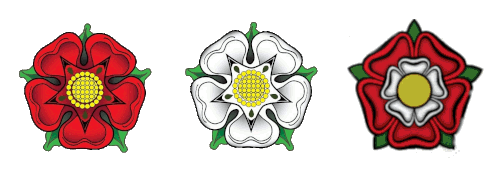
Lancaster rose + York rose = Tudor rose |
- Henry VII then hired workmen to plaster his Tudor rose
symbol all over Westminster Abbey making it seem more
'official' because the artwork blended completely over the
stone and looked ancient.
- This allowed him to enforce the
farce that his Lancastrian red rose, with its sketchy
credentials,was as official (and stately) as the York
white rose.
- Henry stamped his fake mark on the country.
Henry brought in the decorators, at Westminster,
the seat of government, he plastered his family
emblems over the walls, ceilings and windows. (Thomas
Penn, author)
|
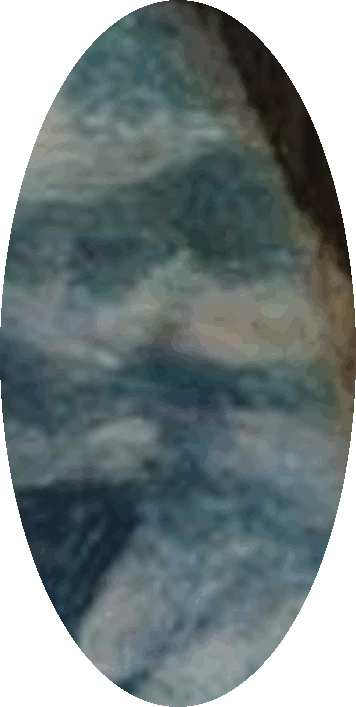
His Majesty's Secret |
- Long before his granddaughter, Elizabeth I, formally
established the British intelligence wing, Henry VII had
already built an extensive network of spies and informers.
- Sir Charles Somerset was his one of his master's of
intelligence, a 'man of Flanders,' otherwise known as His
Majesty's Secret Service.
- The king kept detailed logs of all his financial
transactions and thousands of pounds (on a regular basis) of
gold bullion that he paid to unknown dignitaries from foreign
lands.
Hang out our banners on the outward walls. (Shakespeare, MacBeth)
|
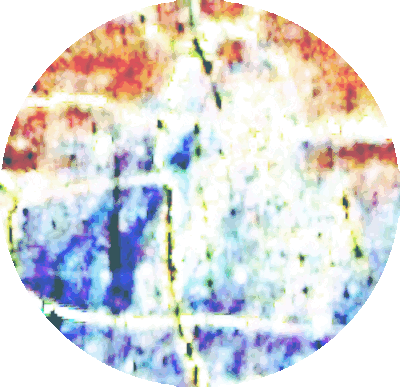
Punished |
- Henry VII used his intelligence wing to map the
political loyalties of his subjects, putting under
surveillance those who were likely to cause him problems.
-
Sounds just like the burning bush problem.
The arms are fair,
When the intent of bearing them is just. (Shakespeare, Henry IV)
|
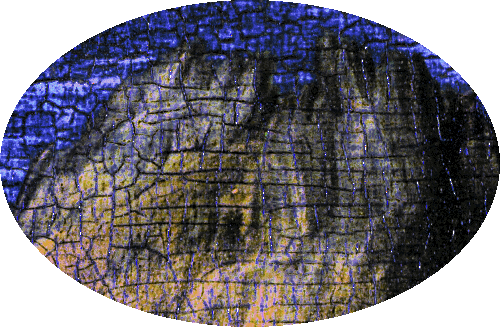
Queen Elizabeth passed away |
- After eldest son Arthur's death, Queen Elizabeth of
York, passed in childbirth in 1503 on her 37th birthday.
-
Her death shattered Henry VII as it represented the union of
Lancaster and York after decades of civil war; this on top of
losing his heir, eldest son Arthur, in 1502.
- More
importantly, many citizens had begrudgingly accepted Henry as
their monarch due to Elizabeth's credentials, but after her
death, that became tenuous.
- Weeks later when he
recuperated, he re-emerged and his drive for control was even
more remorseless.
Where are our castles now, where are our towers,
Goodly Richmond, soon art thou gone from me, At
Westminster, that costly work of yours mine own dear
lord, Now I shall never see. (Sir Thomas
More, 1503)
|
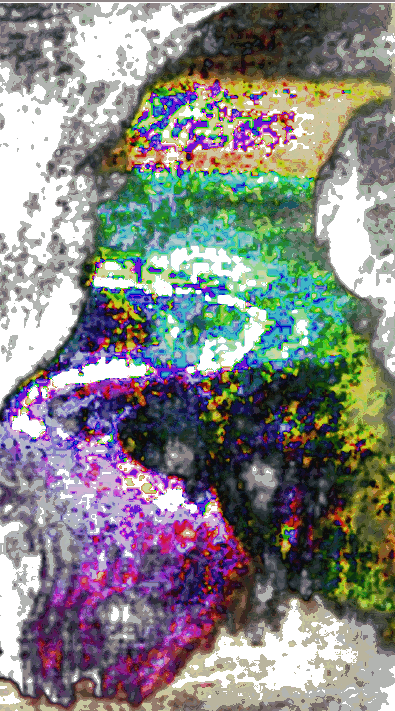
Old warrior enemies |
- Old enemies resurfaced.
- John de la Pole,
Earl of Lincoln, who was a leading figure in the Yorkist aristocracy during the Wars of the Roses
and had instigated the rebellion against Henry 15 years
earlier, had died, but his younger brother, the Earl of
Suffolk was now a man, and was raising an army.
- Henry was
mentally tortured but he was determined with even more resolve
to hang onto his throne, no matter the cost.
If his subjects would not love him, they would be
made to fear him. (Thomas Penn, author)
|

Forced bonds and debt |
- Henry VII perfected a system of repression; his
counselors were experts in extortion; they forced people into
bonds and debts to the king to guarantee their good behavior.
- He would fine everyone such vast amounts of money, not even
the nobles and merchants could pay; it was like being under
his thumb on permanent bail.
- Anyone who tried to break
the bonds, ended up in financial ruin.
- The terrifying
system was enforced by a shadowy tribunal known as the Council
Learned of the Law.
- The council was never legally
constituted and it wasn't an official court record, but it
consisted of a board of Henry's most powerful legal advisors
who reported directly to the king and no one else.
The Council Learned in the Law investigated feudal rights that were forgotten or had lapsed. It also enforced bonds and recognisances (obligations to perform certain actions before court). The council increased Crown revenue and kept nobles under scrutiny. (Wikipedia)
|

Informers and spies |
- The Council Learned of Law relied on 'information' from
Henry's regime of informers and spies who provided details
about offenses committed or potential debt to the crown.
-
The council overrode the normal processes of government and
law; for example, the council would interrupt with normal
court proceedings that were going on and haul the case in
front of this group of counselors.
- They acted with
complete impunity and were totally unaccountable and their
actions would strike fear, rage and frustration in anyone who
found themself caught up in their system.

Silver-tongued lawyer |
- In 1503, a silver-tongued lawyer named Edmund
Dudley, who had worked for the city of London for 6 years and
learned all the hallmarks of corruption and dodgy deals going
on in the city's banks, guilds and companies, was hired by
Henry VII.
- When he left the city, they gave him a golden
handshake but had no clue he was going to work for the king.
- Dudley was installed and his role lay in defining and
enforcing the king's legal rights.
- He used long forgotten
laws to impose crushing financial penalities on subjects;
stretching the law to its absolute limit.
- As time passed,
Dudley started writing his own laws, they were totally
fabricated.
- False charges were created with fines that
were so huge, no one could pay them, and then the victims were
hauled off to prison.
- Dudley proclaimed that Henry VII
wanted as many of his subjects to suffer as possible.
Dudley was a poacher turned gamekeeper. (Thomas Penn, author)
|

Golem |
- In 1506, the Earl of Suffolk, a rebel, was hauled
off to the Tower of London and was murdered there, ridding
Henry VII of his main opponent.
- However, after two
decades of Henry, the citizens were increasingly terrified and
although in his grip, they knew he could not go on forever.
- All eyes were on Prince Henry, and what kind of king he
would be.
- Henry VII had kept him hidden away but when he
emerged in his teens he was the opposite of his father; Prince
Henry couldn't wait to get into jousting.
- At 15, the
citizens were hopeful that he would return England to a more
traditional king, into chivalry and glory, above lawyers and
accountants.
- Henry VII, a
wintery, miser king, achieved what he set out to do, pass his
Tudor crown on; he died in April 1509, and was succeeded by
his 2nd son, Henry VIII..
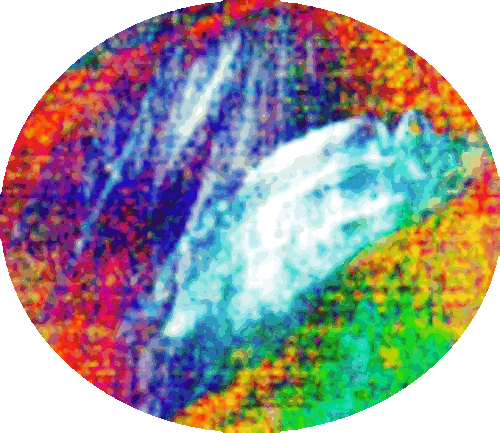
Horns of unicorns
|
- The lion and unicorn are normally not ferocious symbols in the Bible.
- A unicorn is usually seen as the symbol of Christ, while
the lion, on the other hand, is the symbol of the Lion of Judah.
Save me from the lion's mouth: for thou hast heard me from the horns of the unicorns. (Psalm 22:21)
|
Prince Arthur
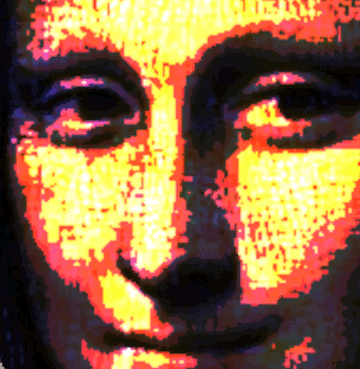 |
|
Prince of Wales |
- Arthur Tudor (1486-1502) was born in 1486; his birth cemented the union between the House of Lancaster and the House of York.
- He was the son of Henry VII, first in the Tudor
line, and Elizabeth of
York, who was the daughter of the only York.
- As the heir apparent of
rhe crown, Arthur was viewed as the future of the newly established House of Tudor.

Sleeping sickness played out |
- Arthur was married to Catherine of Aragon (1485-1536)
in 1501.
- Plans for their marriage began when he was age
3.
- Catherine was the youngest daughter of the Spanish rulers Ferdinand II of Aragon and Isabella I of Castile
who were powerful Catholic monarchs.
- Arthur died in 1502 of sweating sickness after 6 months of
marriage.
- Catherine swore the marriage had not been
consummated.
- In 1509, Catherine married his younger brother, Henry
VIII, who automatically fell next in line for the throne
after Arthur's death.
If any good thing shall go forward, something must be adventured. (Sir Thomas
More, A Dialogue Concerning Heresies, 1529)
|
|
Henry VIII |
 |
|
Janus |
- Henry Tudor (1481-1547) originally used the title; Henry the Eighth,
by the Grace of God, King of England, France and Lord of
Ireland.
- He was the son of Henry VII, first in the Tudor
line, and Elizabeth of
York, who was the daughter of the only York.
- He succeeded
the throne because his older brother, Prince Arthur
(1486-1502) who was Prince of Wales, died and the line of
succession was changed.
- Henry officially took the crown
when his father died, and was coronated on Midsummer's Day in
June 1509, at age 17.
- Once upon a midnight dream.
On an appointed day Herod, having put on his royal apparel, took his seat on the rostrum and began delivering an address to them. The people kept crying out, “The voice of a god and not of a man!”(Acts 12:21-22) |
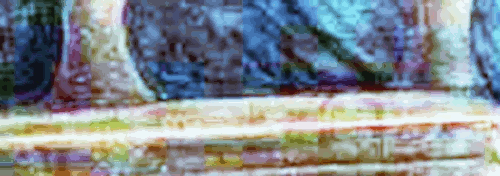
Nuclear head chopping |
- Henry VIIIs regime needed answers for the lawlessness of his
father's regime, so he needed scapegoats to smooth the way.
- First up was Edmund Dudley, who had failed to understand how
unpopular his actions were considered by the citizens.
-
Dudley was hauled off to the Tower of London and executed in
1509.
- Henry VIII then issued a general pardon promising
reforms, justice and the redressing of wrongs.
This day is the end of our slavery, the beginning
of our freedom, the end of sadness, the source of joy,
There are no thieves with their sly clutching hands
and no longer does fear hiss whispered secrets in
one's ear. (Sir Thomas
More, 1509)
|
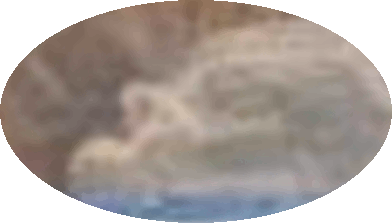
Head man |
- Henry VIII, who was a hedonist, had 6 wives and murdered two of them when he
chopped off their heads.
- He was the first English king to be called 'Your Majesty'
and he had servants to help him on and off the throne.
-
Many notable executions took place during his reign and he
imprisoned all his enemies (and wives) in the Tower of London
often.
- During the reign of Henry VIII, over 72,000 people in England were executed.
The young Henry appeared the epitome of chivalry and sociability. An observant Roman Catholic, he heard up to five masses a day (except during the hunting season); of "powerful but unoriginal mind", he let himself be influenced by his advisors from whom he was never apart, by night or day. He was thus susceptible to whoever had his ear. (Wikipedia) |
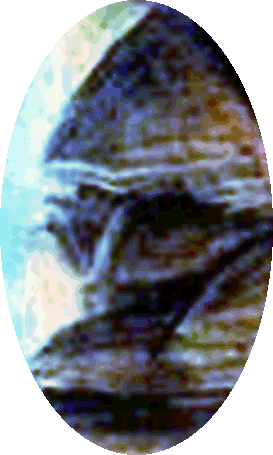
Henry as knight |
- In 1512, young Henry joined with his father-in-law,
Ferdinand II of Aragon, against the advice of his councillors,
and in the support of the Pope, who for a time he was very
close, to engage in the rivalry between France and Spain.
- The victory was won in 1513, although not by Henry, and
despite the pointlessness of the scuffle, the British people
loved the appearance of success.
- Thomas Wolsey by this
time was more or less performing the job of king but by 1523,
the country was increasingly discontent with the performance
of the office.
The king himself knew that he possessed perfect control any time he cared to assert it. Nevertheless, the years from 1515 to 1527 were marked by Wolsey’s ascendancy, and his initiatives set the scene. (britannica.com) |
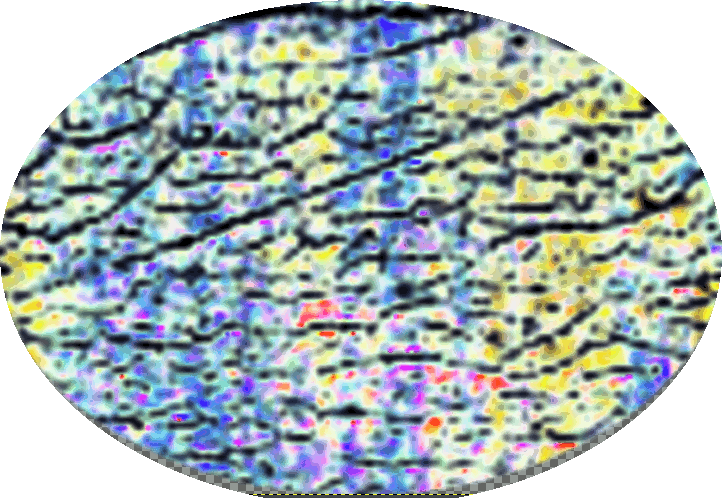
Chainlink world |
- Henry VIII biggest political 'accomplishment' was
transitioning England from feudal concepts to imperial
concepts.
- Feudalism was social and economic systems
where land was a primary source of wealth and power for
nobles, who owned vast estates and peasants (serfs) worked the
land; a strict hierarchy existed, with kings or monarchs at
the top, and local lords ruling individual territories.
-
Imperialism is the centralization of power where monarchs
weakened the nobility and centralizing authority; instead of
relying on local leaders, the monarch established royal
courts, bureaucracies, and standing armies.
Dog will have his day. (Shakespeare) |

Junkyard |
- Henry VIIIs
Act of Appeal (1553) was huge in limiting the power of
nobility and allowed the government to vastly increase their
wealth.
- All these lower ego archons and their systems
ruling over us creating Big Brother to steal everything,
especially our freedom.
-
From there, they work
steadily on military expansion and wealth accumulation.
-
Robotic 'men in black' from the demonic agencies watching over
your life, the watcher's are fallen angels who think they're
giants and gods.
Set your minds on things that are above, not on things that are on earth.
(Colossians 3:2) |

Watch their water |
-
Henry VIII increased the number of battleships from 5 to 60, and built
many coastal fortresses in England by 1540.
- In 1509, he commissioned
England's first gunship, the Mary Rose.
- Henry
greatly expanded the British Royal Navy in 1545, which his
father, Henry VII established in 1485, an event that is
considered to mark the beginning of the British Empire that
terrorized the world.
- During his reign, Henry spent a lot
of time fighting France.
He jests at scars that never felt a wound. (Shakespeare) |

Prison called love bomb |
- His dark magic love spells all backfired
because he was sending demons, not love, and that never lasts
because it's not love, so he was always looking for new wives.
- He also had many girlfriends and illegitimate children that
are largely unaccounted for in the history books.
- Brass King Henry VIII door
knockers.
- From 1527 on, Henry's next mission was called
"the King's great matter" and that concerned his annulment
from his first wife.
- He spent several years on this task,
and despite being a staunch Catholic, he stirred up the
Protestant Reformation, but not because he had that belief,
but more because the Pope was in the way of his divorce.
Be alert and of sober mind. Your enemy the devil
prowls around like a roaring lion looking for someone
to devour. (1 Peter 5:8) |

Henry and his wives
behind his Dutch door |
-
His first marriage in 1509 was to his late brother, Prince Arthur's
widow, Catherine of Aragon (1485-1536), who he was married to for 23 years.
- Catherine was the youngest daughter of the Spanish rulers Ferdinand II of Aragon and Isabella I of Castile.
-
She married Prince Arthur (1486-1502), Henry's older brother, in 1501
who died after 6 months of marriage in 1502.
Mine honour is my life; both grow in one:
Take honour from me, and my life is done. (Shakespeare) |

Fired |
- After Henry VIII married Catherine, they lived happily for several years during which
time she gave birth to
six children, however, only Mary I survived to adulthood.
-
After her formal separation, Catherine, who was well-loved,
was isolated from the public and lived the rest of her life in
seclusion until her death in 1536.
Henry’s desire for a legitimate male heir prompted him in 1527 to appeal to Rome for an annulment on the grounds that the marriage had violated the biblical prohibition against a union between a man and his brother’s widow. Catherine appealed to Pope Clement VII, contending that her marriage to Henry was valid because the previous marriage to Arthur had never been consummated.. (britannica.com) |

Short-lived Queen |
- Henry VIII then chose Anne Boleyn (1501-1536) as his second
queen, but it took seven years for his official separation from
Catherine that finally took place in 1531.
- There was an unofficial wedding that
took place in November 1532, and a formal ceremony took place in May 1533.
- Anne was the daughter of Thomas Boleyn, and his wife, Elizabeth Howard,
a noble family in Henry's court.
- The arrangement was
tenuous from the beginning because Anne was already betrothed
to her true love, Henry Percy, and Henry VIII ended that when
he pursued (stalked) her.
- He sent Cardinal Thomas Wolsey
in to formally end the arrangement with Percy.
Mine honor is my life; both grow in one:
Take honor from me, and my life is done.
(Shakespeare, Hamlet) |

Pinks |
- That plus the fact that everyone in court could see
what Henry was doing with Anne, so that automatically ended
any kind of normal relationship with her, she was 'marked.'
- And worst of
all, he bedded her older sister Mary Boleyn (Carey), and had
two children with her.
- So Anne quit his court and within
a year, he moved into his cousin's castle next to her family
home where Henry began sending her letters and he stalked her; riding past her castle on horseback daily.
- Anne did not
want to end up in a quaqmire like he left her sister Mary, she
refused to be his mistress, and with the state of her
relationships, she knew at that point the only choice was to
become his queen.
There where my fortune lives, there my life dies.
(Shakespeare, King Lear) |

Storm god |
- Apparently with all his attention, Henry did win
Anne's heart, but obviously she never won his (cold stony
heart).
- Anne's marriage to Henry was tortuous as he would
stray often and was a complete narcissist, always playing
games; partying with all the women in his court while she
sat on the side and had to watch.
- It was like living with
a spoiled teenager, always frolicking, a real dandy, he spent over a
million a year on his clothing (in the 1500s) which is how he
just about bankrupted England.
- But the worst was being
treated as a whore by the citizens, who hated her because they
believed she was the reason for Henry's separation from
Catherine, who they loved.
- In truth, she didn't want to marry him, but
she was roped off by him; and those were very different days
for women.
Some Cupid kills with arrows, some with traps.
(Shakespeare, Much Ado About Nothing) |
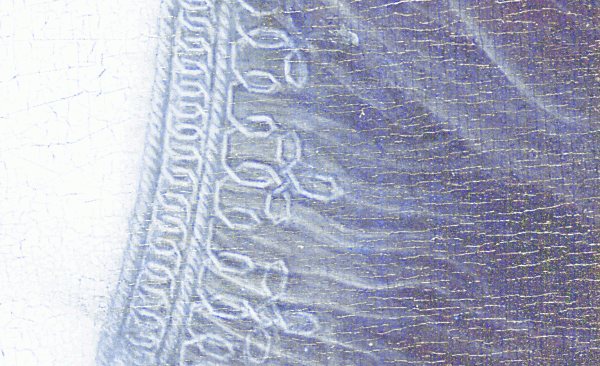
Dirty linen |
-
Five months after he married Anne Boleyn, Henry had his own archbishop of Canterbury, Thomas Cranmer, annul the marriage to Catherine.
- Parliament then passed the Act of Supremacy repudiating all papal jurisdiction in England and making the king head of the English
church.
- Henry then declared his daughter, Mary I, a
bastard and disowned her.
And I say to you: whoever divorces his wife,
except for sexual immorality, and marries another,
commits adultery. (Matthew 19:9) |

Tire tracks |
- Anne gave birth to Elizabeth I in 1536, however, she was
unable to provide Henry with a male child in the 3 short years
they were married.
- By March 1536, Henry was courting Jane Seymour
and he began accusing Anne of seducing him with magic spells.
The tempter or the tempted, who sins most? (Shakespeare) |

Buried |
- Henry had Anne investigated for high treason in April 1536,
and on May 2nd, she was arrested and sent to the Tower of
London.
- Anne was never provided a defense
lawyer and it's been determined that Henry sent for the
executioner in France before the trial even began.
- She was convicted on May 15, and beheaded four
days later, without ever having the ability to defend herself
against the lies.
- Queen for 1,000 days.
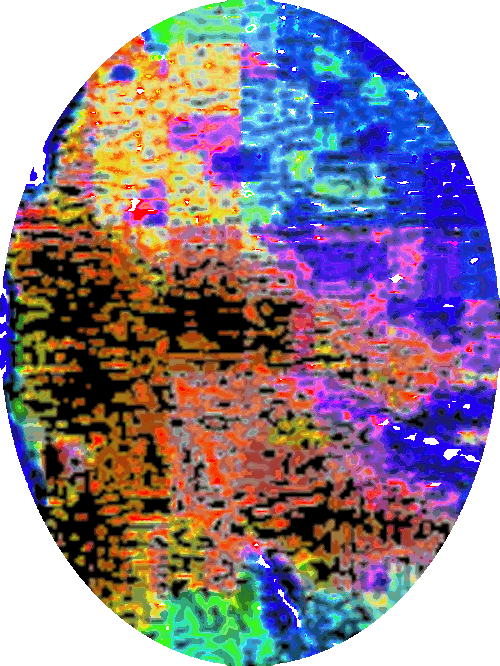
Castle moat |
- Her brother, George Boleyn, who was accused of
incestuous relationship with Anne, was also executed as well
as two other men who were wrongly accused.
- Historians view the charges, which included adultery, incest with her brother George, and plotting to kill the king, as unconvincing
(Wikipedia).
Keeping mercy for thousands, forgiving iniquity and transgression and sin, and that will by no means clear the guilty; visiting the iniquity of the fathers upon the children, and upon the children's children, unto the third and to the fourth generation.
(Exodus 34:7) |

Facepaint |
- Shortly after he executed Anne (15 days), Henry VIII was
married to Jane Seymour (1508-1537) on May 30, 1536.
- She
was the daughter of Sir John Seymour and Margery Wentworth.
- Jane gave birth to a son, Edward VI, and died two weeks
after his birth in October 1537.
Summer's lease hath all too short a date.
(Shakespeare) |

Henry crowned by Anne of Cleves |
- We've all heard about Henry VIIIs fourth wife, Anne of
Cleves (1515-1557) who was thrown out by Henry after six
months of marriage.
- He was 48 and she was 24, half his
age.
- Her name was smeared by him
through eternity; about how ugly she was and how she dressed
funny.
- The marriage was never consumated but fortunately
for Anne, she ended up with several royal mansions.
-
Smugly revealed by Henry 'So sweet, but no treat.'
- As former queen, she received a generous settlement, including Richmond Palace, and Hever Castle, home of Henry's former in-laws, the Boleyns.
- None
of Henry's wives lived very long though.
Don't waste your love on somebody, who doesn't value it.
(Shakespeare) |
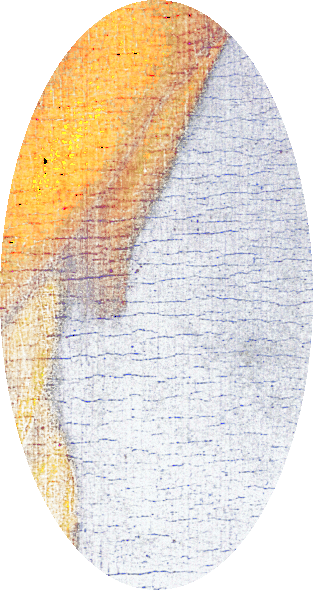
Catherine leaves quickly |
- Henry VIII next married his fifth wife, Catherine Howard (1523-1542) who was the daughter of Lord Edmund Howard
and Joyce Culpeper.
- The wedding took place in 1540, just
19 days after the annulment of his marriage to Anne of Cleves.
- He was 49 and she may have been as young as 15 (and no older
than 21).
- Catherine was stripped of her title as queen in November 1541, and beheaded three months later on the grounds of treason for committing adultery with her distant cousin, Thomas Culpeper.
- Catherine was made out to be a 'good-time-girl' but recently
she has been viewed more as an abused child, who died at age
20.
Let marriage be held in honor among all, and let the marriage bed be undefiled, for God will judge the sexually immoral and adulterous. (Hebrews 13:4) |
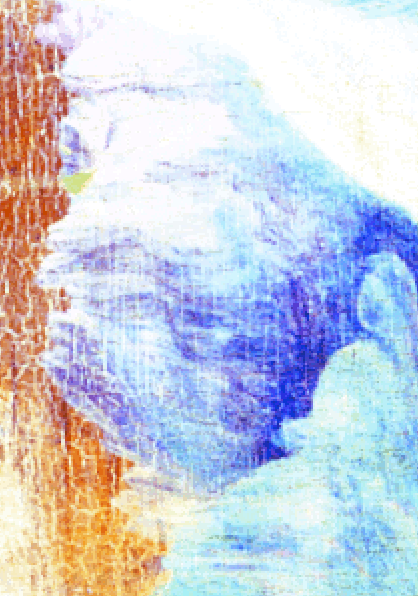
Henry on ice |
- Henry VIIIs 6th and final wife was Catharine Parr
(1512-1548) who he married in 1543.
- She was the daughter
of Sir Thomas Parr and Maud Green.
- They remained married until Henry's death on January
28, 1547.
Life is as tedious as a twice-told tale,
Vexing the dull ear of a drowsy man.
(Shakespeare) |
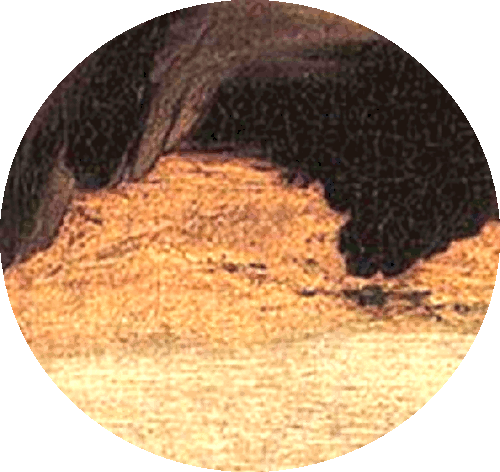
Henry's copper coinage |
- Henry VIII was nicknamed 'coppernose' after he
issued the stockpiled testoon.
- He accomplished this by silver
plating copper, thus greatly reducing the percentage of silver
in each coin.
- The silver plating would wear off, mainly
around his nose, so he was called 'Old Coppernose.'
- This happened after his kingdom amassed great wealth and property by confiscating Catholic monasteries
and leaving the Monks homeless, but unfortunately, Henry spent
it all.
- These are the same Monks who eventually helped
transcribe the Kings James Bible in 1611, eight years after
Henry died.
- Beached whale of a tale.
- Pennywise the
dancing clown floating.
And so, from hour to hour, we ripe and ripe.
And then, from hour to hour, we rot and rot;
And thereby hangs a tale. (Shakespeare, Othello)
|
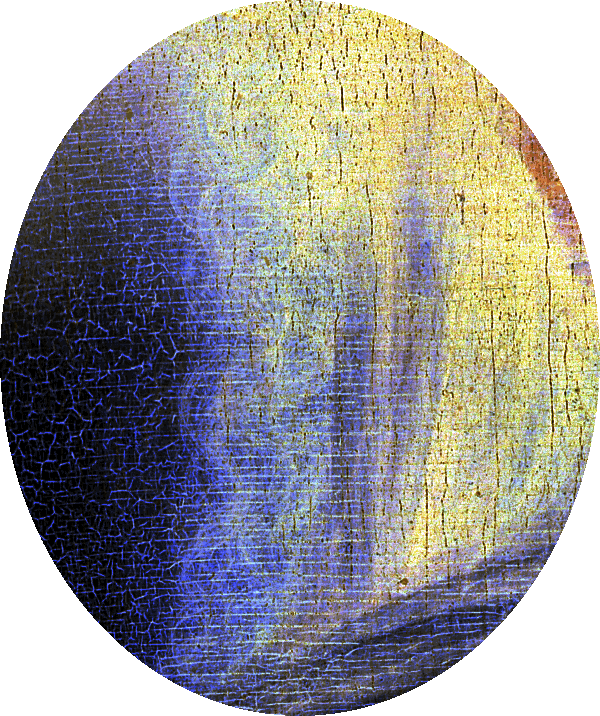
Burning down |
- The Church of England was separated from Papal
authority by Henry VIII when Pope Clement VII wouldn't agree
to grant him an annulment from his first wife, Catherine of
Aragon.
- This act caused a split with Rome and was called the English Reformation
when Henry and his advisor, Thomas Cromwell, decided to break
the Vatican's power in England.
- The Reformation was headed by German monk Martin Luther,
along with so-called 'heretic'
Protestants, who split from the Catholic Church after many
political disputes.
- Henry also named
himself as the Supreme Head of the Church of England.
The scribes who came down from Jerusalem were
saying, “He is possessed by Beelzebul,” and “He casts
out the demons by the ruler of the demons. (Mark
3:22)
|
|
Protestant Reformation 1517 |
 |
|
Plank |
- The Protestants believed in Bible
scripture and they felt the Catholics were too superstitious
and had too much clerical corruption.
- Catholics believed
in good works and that God's grace was given through seven
sacraments; Baptism, Confirmation, Marriage, Holy Orders,
Anointing of the Sick, Penance and the Eucharist.
- Seven
sacraments the Protestants believed made the path to
redemption unattainable and Jesus would agree.
Be ye not conformed to this world, but be ye reformed in the newness of your minds. (Romans 12:2) |

|
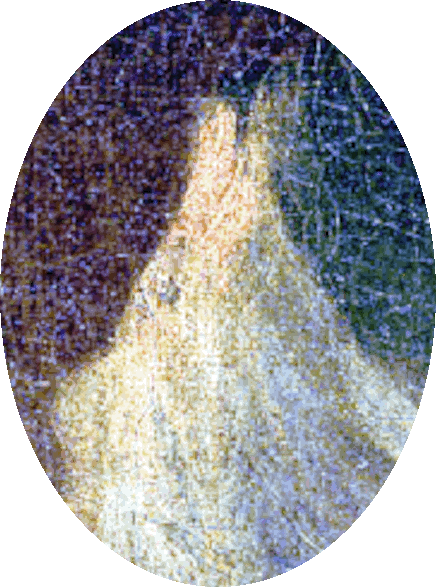
|
|
Black |
White |
- The Catholics
taught their congregation that they would die with imperfect
contrition or penalties unsatisfied, and they would have to
spend time in Purgatory, and they believed the majority would
fall into this category.
- A large majority of Catholics,
still to this day, aren't sure if they are going to heaven or
hell when they die, it's pitiful, the lack of understanding of
resonance and vibration and how to raise them easily.
-
Although it's doubtful the Protestants understand this either,
at least they are not so encumbered worshiping false idols and
altars.
The main plank of Luther's theology was justification by faith alone rather than by good works. (Wikipedia) |

Grasp |
- Humanists such as the Dutch
philosopher Erasmus, John Colet and Thomas More, called for a return ad
fontes ('back to the sources') of the Christian faith, which
was the scriptures.
- They wanted to make the Bible available in
the vernacular.
They put his armor in the house of their gods and fastened his head in the house of Dagons. (1 Chronicles 10:10) |
|
Disbanding the Catholic Church 1529-1536 |

Homeless bridge dwellers |
- Henry VIII's 'dissolution of the monasteries' was
set up in 1536, by which he disbanded Catholic monasteries,
priories, convents and friaries in England.
- The 625
religious 'houses' in England were hugely powerful at that
time, it was said that if the abbot of Glastonbury married the
abbess of Shaftesbury, their heir would have more land than
the king of England (Wikipedia).
- Typically these
religious enterprises received their income from landed
estates, and spiritual income in the form of tithes
appropriated from parish churches.
The dissolution of the monasteries saw all of the money and lands which had previously belonged to a number of religious orders being removed and given to the crown, making England a much wealthier country as a result. (elizabethanenglandlife.com) |

Flames |
- In other words, not
propped up by the government, they were self-governed; and
what Henry did to them was despicable and the action of an
anti-christ making himself head of the church instead of God's
chosen appointed.
- And that's not condoning many of the
Catholic's actions, but if the Protestants were so unhappy they
should have left the church; this just proves why government
should never be involved in the church.
- When you have a
tyrannical government killing people for their beliefs, in
order to steal all their posessions, now that's just too much.
None falleth far but he who climbeth high.
— "To Them Who Trust in Fortune. (Sir Thomas More) |
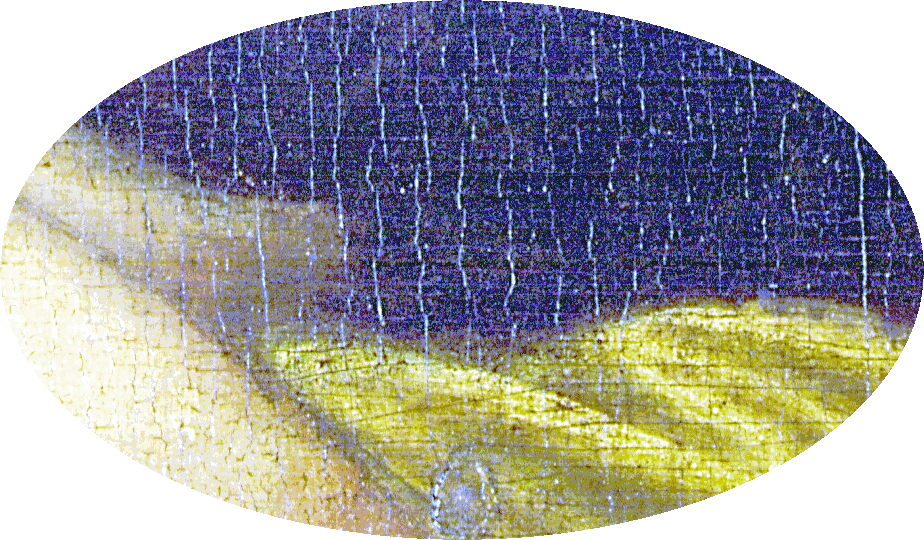
Dissolution is gold in Henry's pocket |
- Henry then expropriated their income; disposed of
their assets, and all their personnel.
- The monies he received were used to fund his kingdom and
primarily his wars.
- Whether the government owns all the
wealth, or the religious institutions own it, what difference
does it make; it's money that should be in the people's hands,
or used for improvements for the citizens.
- Instead, Anne Boleyn wanted to use
the funds to print Bible's for the citizens rather than spend
money on wars.
He trains my hands for battle, So that my arms can
bend a bow of bronze. (Psalms 18:34) |
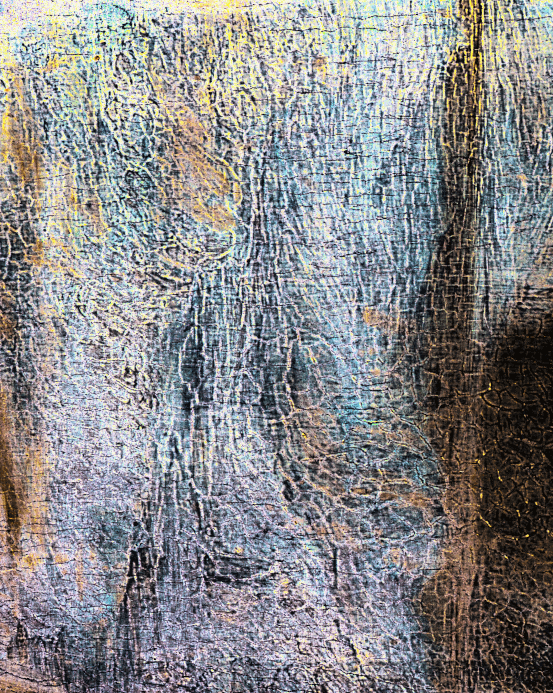
Martyrs burned at the stake
|
- The Catholic church was popular in England in the
early 1500's, and Protestants were a religious minorty and
were considered heretics.
- Because of this, Protestants
were persecuted in England between 1530 and 1533 there were
many who were burned at the stake for their beliefs.
Because of the multitude of oppressions they cry out;
They cry for help because of the arm of the mighty. (Job 35:9) |

Blarney rubble |
- Know, this earthly spiritual warfare between
churches is all
cult work happening in the lower ego between the archons who
rule over us.
- So really, Henry VIII was just moving
playing pieces around that didn't amount to a hill a beans to
the citizens, it was just more money in his pocket for more
war toys.
- This is just the story of King Melchizedek of
Sodom who became a high priest when his kingdom failed (only
in reverse).
- Janus with his two-faces.
We know that we are from God, and the whole world lies in the power of the evil one. (1 John 5:19)
|
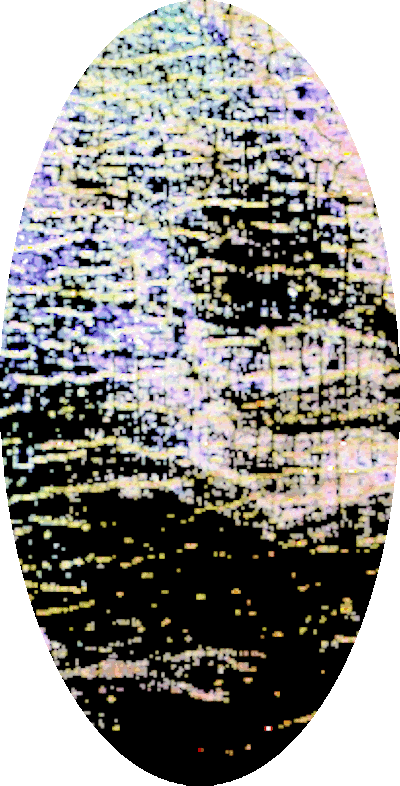
Oil spell |
- Certainly, there
are many great and righteous spiritual leaders (and brethren)
still at work and not purposely worshiping Yahweh in the Old
Testament.
- But, unfortunately, many of them are
still clueless.
My people are destroyed for lack of knowledge: because thou hast rejected knowledge, I will also reject thee, that thou shalt be no priest to me: seeing thou hast forgotten the law of thy God, I will also forget thy children. (Hosea 4:6) |

Liberty |
- It is important to include a place for spiritual
refuge and enlightenment in your community, look to the
Buddhists as example.
- Realize, the United States was
created to fight all this apostasy that the monarchs
were dragging everyone through.
They shall not live in your land, because they will make you sin against Me; for if you serve their gods, it will surely be a snare to you.
(Exodus 23:33) |

Tower of London |
- Henry’s paranoia increased as his health declined
and he battled against the two warring religious factions on either side of his council;
traditionalists and reformists.
- He started believing that
everyone was out to get him (they probably were).
- Much of what Henry accomplished in his life remains overshadowed by the executions and the cruelty.
- Henry VIII died on January 28, 1547, at Whitehall
Palace in London at age 55.
Henry’s final months were filled with paranoia, manipulation, and tyranny.
(historywithhenry.com) |

Spirit |
- The king’s death wasn’t publicly announced for three days.
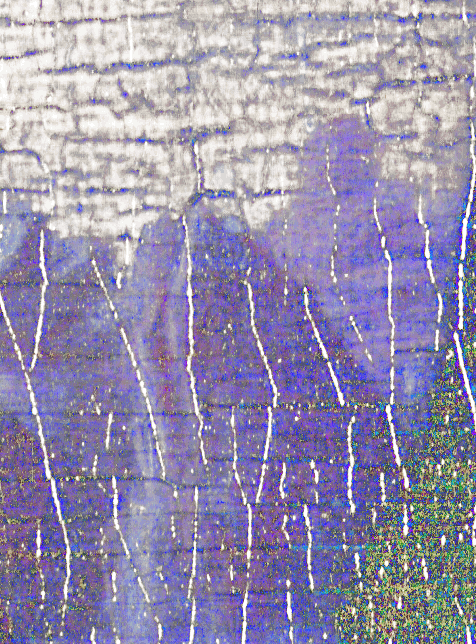
Horseback |
- His death was attributed to natural causes,
however, he suffered from severe obesity, an open ulcerated leg, and had suffered from massive head trauma from his infamous jousting accident
in 1536.
- His horse fell on him.
Look, what a horse should have he did not lack, Save a proud rider on his back.
(Shakespeare) |

Unmarked grave |
- He had three surviving children,
Edward VI, who inherited the throne at age 9, but only lived
to age 15, Mary I (Bloody Mary), who reigned for five
years after Edward, and Elizabeth I.
- Henry had great
plans for his tomb, but none of his children did anything
about it; today, he still resides in an unmarked grave next to
Jane Seymour in St. George's Chapel in Windsor Castle.
All the world's a stage, and all the men and women
merely players: they have their exits and their
entrances; and one man in his time plays many parts,
his acts being seven ages.
(Shakespeare) |
|
Mary I of England |

Bloody Mary |
- Henry really wanted a son to pass his throne to,
however, his first wife, Catherine of Aragon, only provided him with a
daughter, Bloody Mary I (1516-1558).
- As the years passed, this started
to gnaw at him because he didn't believe that a daughter was
worthy of his throne.
- He really had zero respect for the
female gender, and it was very evident throughout his life.
- She was declared illegitimate and removed from the line of succession following the annulment of her parents' marriage in 1533,
however, that was restored in 1543.
- Her brother, Edward
VI, died in 1553 and she succeeded him, despite him naming his
Protestant cousin, Lady Jane Grey as his successor (and
ignoring his two half-sisters).
- Mary disposed Lady Jane
and executed her.
English schoolchildren remember Henry VIII’s daughter as “Bloody Mary,” an allusion to the more than 300 Protestants the staunchly Catholic Mary I had put to death during her five-year reign. In truth, though, Henry VIII was by far the bloodiest Tudor ruler, ordering tens of thousands of executions during the tumult of the English Reformation.
(History.com) |
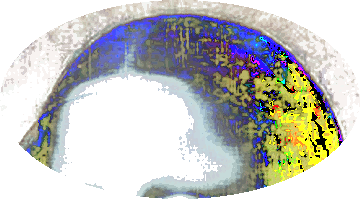
New hairdo |
- After her father removed the Catholic church from England,
Mary reinstalled it for a time.
- She attempted to reverse
the English Reformation and restore
to the Church the property that was confiscated during Henry
VIII and Edward VI's reigns, but was thwarted by Parliament.
- She was married to King Philip II
and was Queen of Spain and the Habsburg dominions from January 1556, until her death.
- Mary ruled for 5 years between 1553 and 1558 when she
died.
- After her death, her work on re-establishment of Roman Catholicism was reversed by her younger half-sister and successor, Elizabeth I.
The lady doth protest too much.
(Shakespeare) |
|
Edward VI of England |
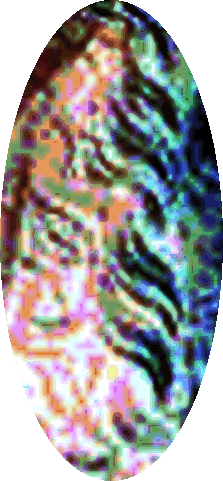
Tudor number three |
- Edward VI (1537-1553) was the only legitimate son of
Henry VIII and his third wife, Jane Seymour.
- He was
crowned in February 1547, at age 9, after his father died.
- He was the first English monarch to be raised as a
Protestant.
- Edward's reign, which was governed by a
regency council, was marked by economic problems and social
unrest.
- The 13-year-old King was betrothed to the five-year-old Elisabeth of Valois, daughter of Henry II of France and Catherine de' Medici, in 1550.
- Edward was diagnosed with a terminal illness at age 15
and he passed in July 1553, his throne passed to his older
half-sister,
Mary I.
So wise so young, they say, never do live long.
(Shakespeare) |
|
Queen Elizabeth I of England |
 |
 |
|
Last Tudor monarch |
- Elizabeth Tudor (1533-1603) was the only surviving child of Henry VIII and Anne Boleyn, his second wife, who was executed when Elizabeth was two years old.
- She was declared illegitimate at the time of her
parents' annulment, but the line of succession was restored
with the Third Succession Act in 1543.
- Elizabeth never
married so her death was the end of the
Tudor succession.
I may not be a lion, but I am a lion's cub, and I have a lion's heart. (Elizabeth
I)
|

Head woman |
- Her father wrote special laws that made
marriage impossible by adding provisions that she must receive
the permission of the Privy Council to marry anyone (in other
words, they choose her mate).
- She came to power after her
older half-sister, Mary I, died in 1558 and remained there
until her death in 1603, 44 years.
- She ruled by 'good council' and
her main advisor was William Cecil.
Tis the eye of childhood that fears a painted devil. (Shakespeare)
|
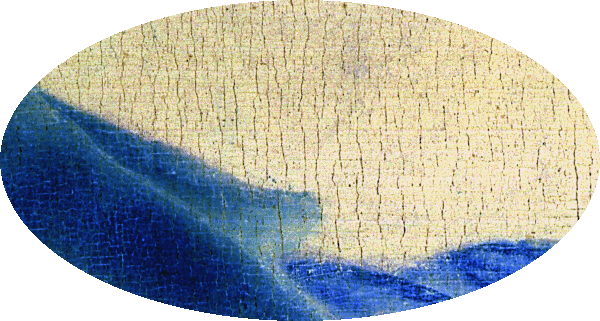
Ship tossed |
- Elizabeth returned England to Protestantism after her
half-sister Mary I had attempted to undo the English
Reformation.
- She founded the
Church of England in 1559 and made all public officials sign
an oath of loyalty to the monarch.
But above all, my brothers, do not swear, either by heaven or by earth or by any other oath, but let your “yes” be yes and your “no” be no, so that you may not fall under condemnation. (James
5:12)
|

Court wizards |
- John Dee was Elizabeth's court astrologer and
conducted séances with scryer Edward Kelley, in an attempt
to speak to angels.
- During the Renaissance, astrology was often thought of as a science, rather than a supernatural dark art
like so many today believe.
- Dee was also a trusted authority on matters of mathematics, chemistry (including alchemy), astronomy, geography, and navigation.
- He helped introduce the mathematical signs +, -, x, and ÷ to
the general public.
- He also recommended the use of the Gregorian calendar,
with a few alterations, usurping the Julian calendar from the
Roman Empire, although due to protest from the clergy, the
switch did not occur until 1752.
- Dee and Kelley resorted
to wife-swapping after they claimed angels recommended that.
Dee recommended to Elizabeth that she use the
force of the navy to expand Britain’s overseas
territory—which he termed the “Brytish Impire.” (mentalfloss.com)
|
|
Colonization |
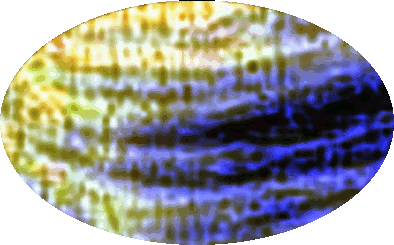
Trade routes |
- Elizabeth opened up global
trade with the formation of the East India Trading Company
in 1600, the first monopoly.
- China receives letter from Queen Elizabeth I – 383 years too late.
- Elizabeth I developed trade and diplomatic relations with
the Barbary states and set up trading routes with Morocco.
- To the dismay of Christians, she also set up diplomatic
relations with the Ottoman Empire.
-
A Viking-Era Vessel Found in Scotland a Decade Ago Turns Out to Be From Asia.
[At a time] when wars and seditions with grievous persecutions have vexed almost all kings and countries round about me, my reign hath been peacable, and my realm a receptacle to thy afflicted Church. The love of my people hath appeared firm, and the devices of my enemies frustrate. (Elizabeth
I)
|
|
Watchers |
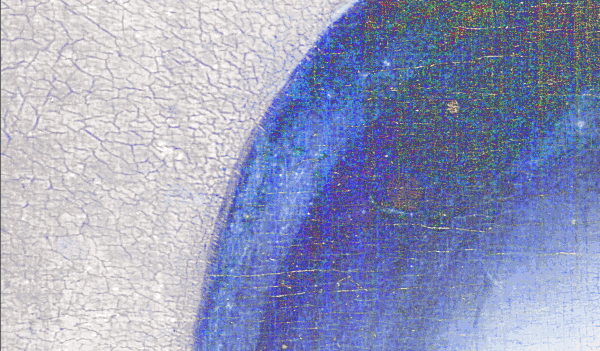
Eyeball of the world |
-
Elizabeth founded British Intelligence in 1569.
- Under the guidance of Sir Walter Raleigh, a document advocating colonization of North America
was drafted in 1584 and Elizabeth sent him to colonize
Virginia that same year.
- In the early 1600s trading posts
were established in Japan and Indonesia.
- Elizabeth died
in 1603 and as she refused to name an heir, William Cecil
named King James VI of Scotland.
We know that we are from God, and the whole world lies in the power of the evil one. (1 John 5:19)
|
|
King James
I of England |

Stuart |
|
|
- He was
James Charles Stuart (1566-1625), who was king as a result
of the union of the Scottish with the English and Irish crowns.
- He served the three crowns from 1603 until his death
in 1625.
- James was the son of Mary, Queen of Scots, and a great-great-grandson of Henry VII, King of England and Lord of Ireland, and
was a potential successor to all three thrones.
Some are born great, some achieve greatness, and some have greatness thrust upon them. Your fate awaits you. Accept it in body and spirit. (Shakespeare,
Twelfth Night)
|
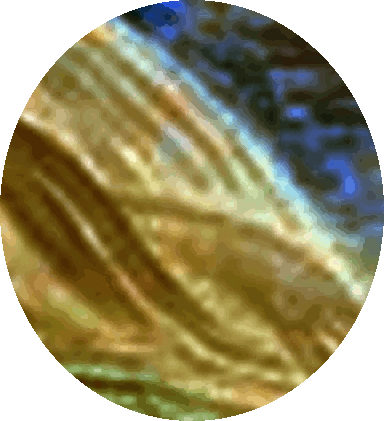
Crown |
- James acceded to the Scottish throne at the age of 13 months,
after his mother was forced to abdicate.
- He gained
full control of his kingdom in 1583, when he came of age.
- In 1603, James succeeded his cousin Elizabeth I, the last Tudor monarch of England and Ireland, who died
without an heir.
- James continued to reign in all three kingdoms for 22 years, a period known as the Jacobean era, until his death
in 1625.
Yet they are Your people, even Your inheritance, whom You have brought out by Your great power and Your outstretched arm. (Deuteronomy 9:29)
|

Hardly divine |
-
James I sets out the Divine right of Kings in 1597 which was
a political doctrine that claimed monarchs were chosen by God
and could not be challenged by anyone, something Henry VIII
later adopted.
- Shortly after he assumed the throne,
Jamestown, Virginia, was founded in 1607, and Plymouth,
Massachusetts, in 1620.
- And the beat goes on with this
empire.
If the world hates you, keep in mind that it hated me first. If you belonged to the world, it would love you as its own. As it is, you do not belong to the world, but I have chosen you out of the world. That is why the world hates you.
(John 15:18-19) |
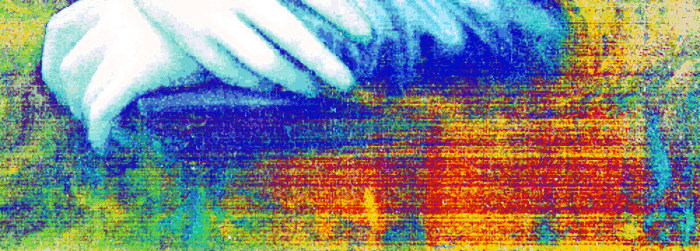
King James Bible |
- The King James Bible was published in 1611 at the
behest of King James I of England a year after he came to
power in 1604.
- It is still the most
famous translation and was the standard English Bible for
nearly three centuries.
- James I was the head of the
Church of England.
- In 1604, soon after James’s coronation
as king of England, a conference of churchmen requested that
the English Bible be revised because existing translations
"were corrupt and not answerable to the truth of the
original."
The devil can cite Scripture for his purpose. (Shakespeare) |

The Great Bible |
- The Great Bible that had been authorized by Henry
VIII in 1538 and enjoyed some popularity, but its successive
editions contained several inconsistencies.
-
The Bishops’ Bible in 1568 was well regarded by the clergy but
failed to gain wide acceptance or the official authorization
of Elizabeth I.
- You see the story.
For it was not by their sword that they took the land; their arm did not bring them victory. It was by Your right hand, Your arm, and the light of Your face, because You favored them. (Psalm 44:3) |

Current monarchy |
- Now is the judgment of this world; now will the ruler of this world be cast out
(John 12:31).
Do not love the world or the things in the world. If anyone loves the world, the love of the Father is not in him. For all that is in the world—the desires of the flesh and the desires of the eyes and pride of life—is not from the Father but is from the world. And the world is passing away along with its desires, but whoever does the will of God abides forever.
(1 John 2:15-17 ) |
|
Home of the Free |

USA |
- So what are you sitting around letting happen today?
- Or watching on TV (their programming).
We know that we are from God, and the whole world lies in the power of the evil one“No one can serve two masters, for either he will hate the one and love the other, or he will be devoted to the one and despise the other. You cannot serve God and money.
(Matthew 6:24)
|
|
|

End of road |
- And the beginning of a new one.
- Undoing the
Tudor's slimey gooey lie they called 'history' so they can
fall on their asses and the world can recover from everything
they did to us.
- An illegitimate fake king who stole the
crown and was NOT appointed by the Most High.
- Let the
record be set straight and everything sorted out for all our
good.
- Let all the monies and lands (and everything else)
they stole be returned to the people of the entire world.
-
Neither the church nor state nor family have any business in
marriage and that is why Christ will break all contracts and
bring a new covenant.
Do not be conformed to this world, but be transformed by the renewal of your mind, that by testing you may discern what is the will of God, what is good and acceptable and perfect.
(Romans 12:2 ) |
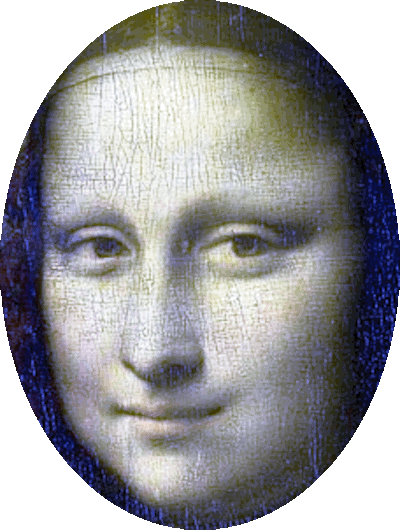
Mona crone
|
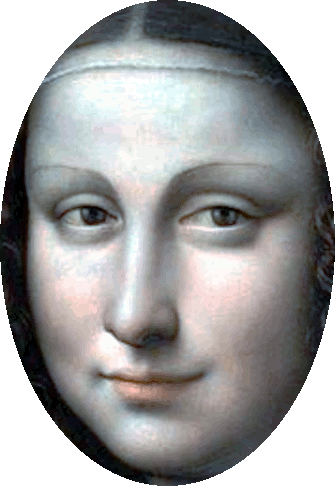
Mona mother |
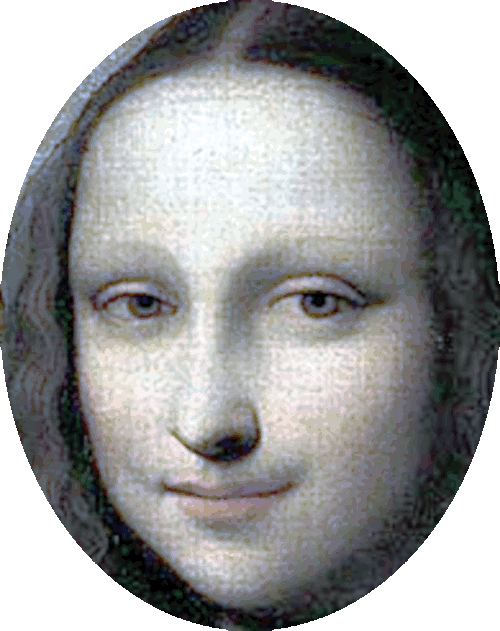
Mona naturallook |
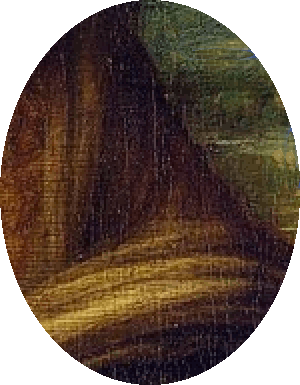
Signed by Leonardo DaVinci |
|
|

